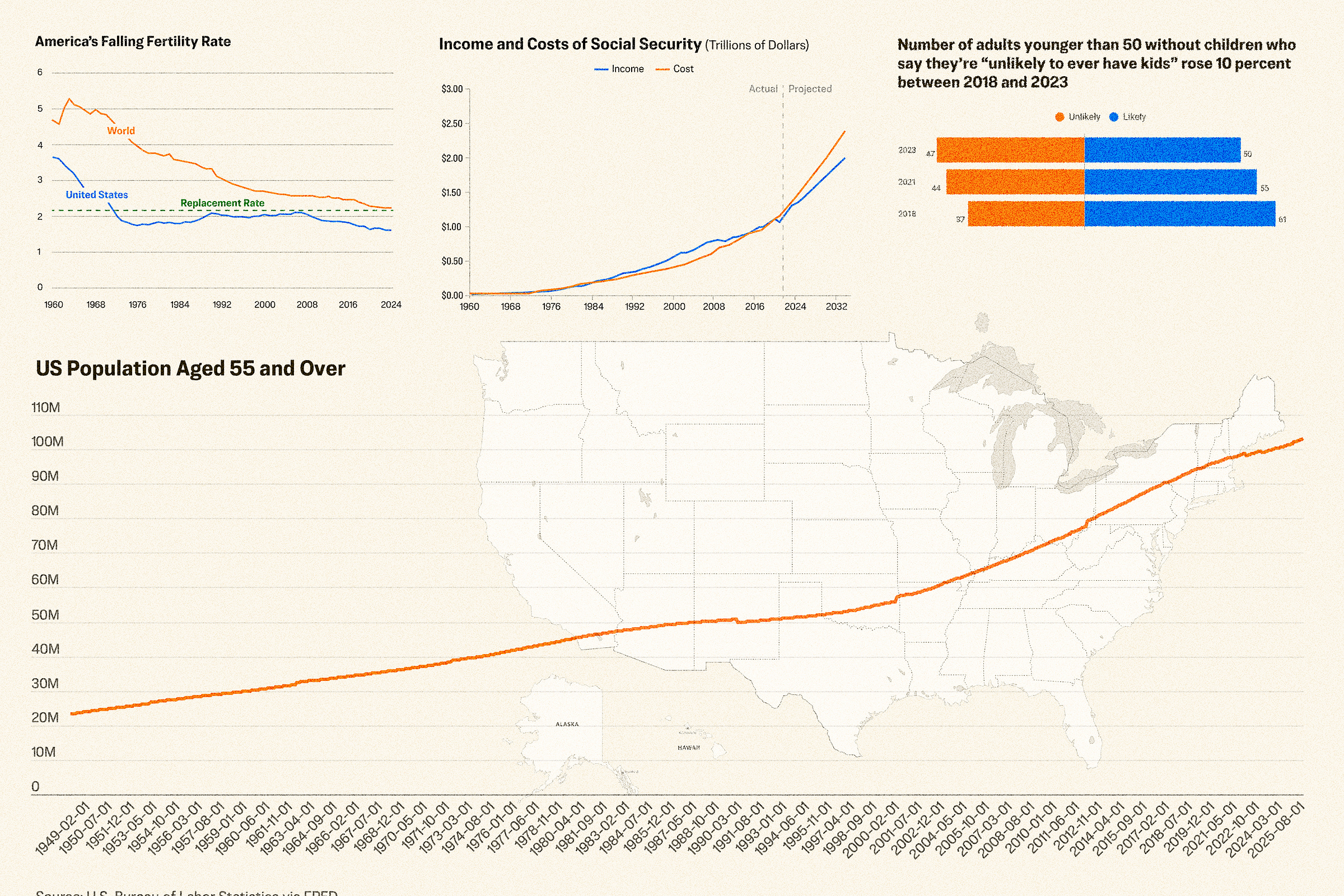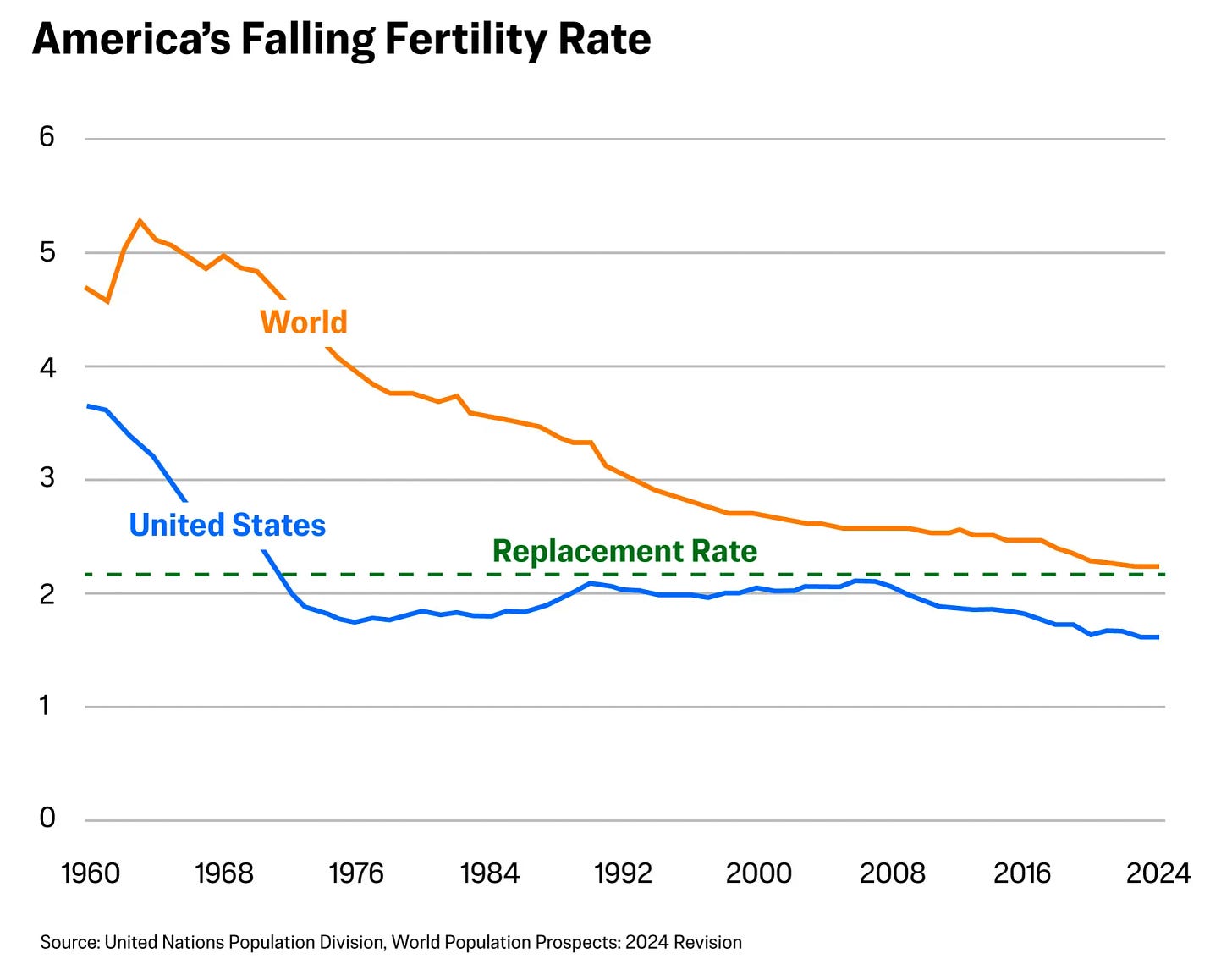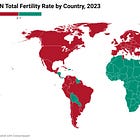America’s Birth Rate Is Dropping – Here’s Why It Matters
The median age of adults topped 39 years in 2024, while fertility and birth rates are in decline. Experts said major changes are ahead.
by Autumn Spredemann
October 27, 2025
The data are in: The United States is getting older and welcoming fewer babies. This decades-long phenomenon is creating a demographic squeeze that some anticipate will affect nearly every aspect of the nation’s economy and infrastructure over the next couple of decades.
“I see a total reshuffling of our economy and society, brought about by historic demographic turnover,” regenerative medicine specialist Dr. David Ghozland told The Epoch Times.
In a report for the American Enterprise Institute, economist Jesús Fernández-Villaverde called falling U.S. fertility rates “the true economic challenge of [the] time.”
The number of adults aged 65 and older is forecast to hit 82 million by 2050 and will make up 23 percent of the population, according to the Population Reference Bureau. That is a 42 percent increase from 58 million people aged 65 and older in 2022.
Meanwhile, the general fertility rate — the number of live births per 1,000 women of childbearing age — has dropped to record lows. The North American rate plummeted from 3.1 in 1950 to 1.6 in 2023, according to a McKinsey Global Institute analysis published in January.
Ghozland said he believes that this population inversion will force structural changes at the budget and care level, potentially leading to what he called a “cruel choice” in the next 10 years.
“We will experience a regulated destruction of safety nets such as Medicare,” he said, calling the rapidly aging population the “primary political and economic competition of [the] era.”
Health Care Upheaval
Ghozland said he is already seeing a dramatic change in the health care industry.




